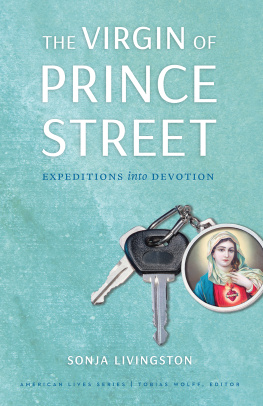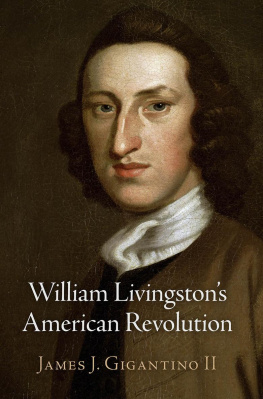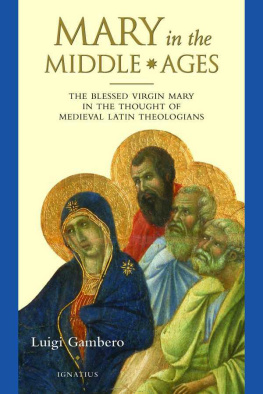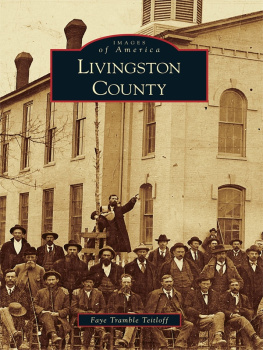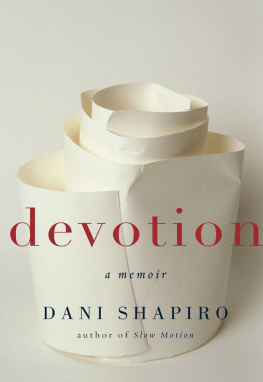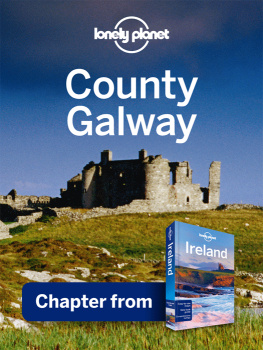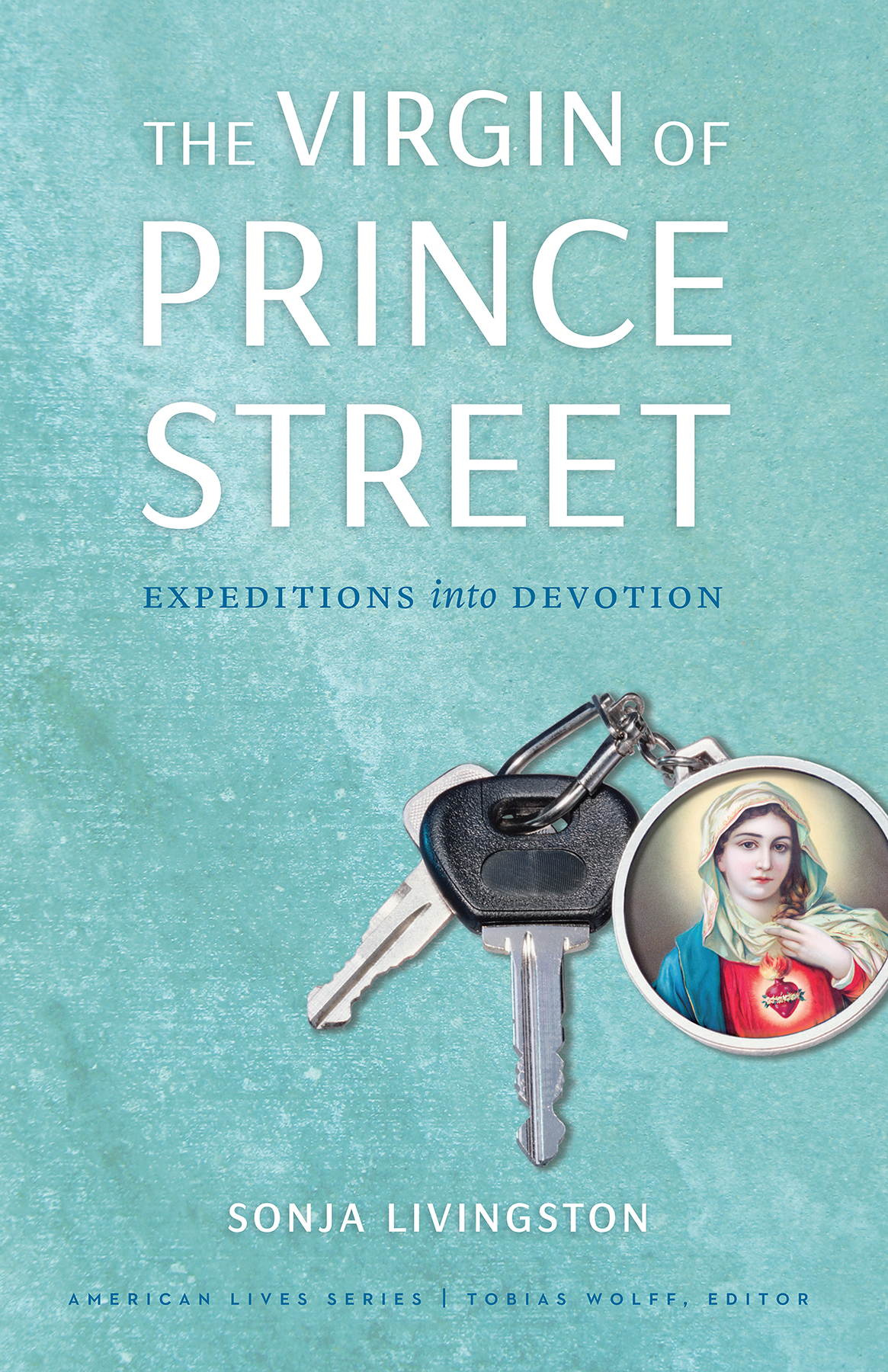
In these lyrical sojourns Sonja Livingston contemplates the riches of the Catholic tradition along with its ongoing tribulations. In doing so the essayist discovers that devotion in imperfect circumstances is, in fact, the only devotion ever possible and has the extraordinary capacity to transform the human heart. Livingstons essays illuminate while infusing nuance and generosity into an increasingly polarized religious landscape.
Richard Rohr, author of Falling Upward
Sonja Livingstons honest account of a halting return to the Catholic Church, and to its rich traditions of ritual and symbol, will speak to spiritual seekers of all stripes. Her reverence for every image, every phrase, and every idea in this book makes The Virgin of Prince Street its own act of devotion.
Valerie Sayers, author of The Powers and Brain Fever
A captivating account.... Sonja Livingstons spiritual detective story is rendered in vivid, sensual prose, filled with insight and gentle wisdom. In the end, Livingston has written a prayernot the dull, recited kind, but a real prayer, a deeply personal song of hope.
Dinty W. Moore, author of Between Panic and Desire
American Lives
Series editor: Tobias Wolff
The Virgin of Prince Street
Expeditions into Devotion
Sonja Livingston
University of Nebraska Press | Lincoln
2019 by the Board of Regents of the University of Nebraska
Acknowledgments for the use of copyrighted material appear in , which constitutes an extension of the copyright page.
This is a work of literary nonfiction. Some names have been changed to respect those who may not wish to be identified. For consistency and clarity Corpus Christi is used as the name of the Rochester, New York, parish, though it became known as Our Lady of the Americas in 2007 and part of St. Frances Xavier Cabrini Parish in 2011.
Cover designed by University of Nebraska Press; cover images iStock.com, keys: PLAINVIEW , Mary: sedmak.
Author photo by Gregory Gerard.
All rights reserved
Library of Congress Cataloging-in-Publication Data
Names: Livingston, Sonja, author.
Title: The virgin of Prince Street: expeditions into devotion / Sonja Livingston.
Description: Lincoln: University of Nebraska Press, [2019] | Series: American lives | Includes bibliographical references.
Identifiers: LCCN 2019005281
ISBN 9781496217172 (pbk.: alk. paper)
ISBN 9781496218568 (epub)
ISBN 9781496218575 (mobi)
ISBN 9781496218582 (pdf)
Subjects: LCSH : Livingston, Sonja. | Spiritual lifeCatholic Church. | Devotion. | Christian pilgrims and pilgrimages. | CatholicsBiography.
Classification: LCC BX 4705. L 6625 A 3 2019
LC record available at https://lccn.loc.gov/2019005281
The publisher does not have any control over and does not assume any responsibility for author or third-party websites or their content.
For
Father Bob Werth
who wont like the attention of a dedication
but whose own dedication could fill a thousand books
&
Father Jim Callan
who gathered us close to the table
and showed what Corpus Christi could be
Contents
In 1963 Jesuit theologian Hugo Rahner described the Roman Catholic Church as a tired, dusty pilgrimess in the desert. If she was weary back in 1963, shes in need of smelling salts today. Vocations continue to dwindle. Church closings persist. Ongoing scandals have disheartened even the most stalwart Catholics, with tradition fading or become increasingly politicized. Perhaps its no surprise that in the United States Roman Catholicism is losing numbers faster than any other denomination. Even those who consider themselves Catholicvia active attendance or cultural affiliationoverwhelmingly disagree with aspects of Church teaching, especially on matters of human sexuality and gender. Despite a tremendously popular pope, the Church seems caught up in a cloud of two-thousand-year-old incense smoke.
Imagine my astonishment then, when, a few years ago, I found myself at my childhood church. I looked around one Sunday morning, mystified. The rows of empty pews did not baffle me, nor did the worn fixtures or the precariousness of Corpus Christis survival. I was surprised only by how much I cared. My attempt to make sense of this lingering connectionthe various curiosities and anxieties it unleashedled to the journeys that follow. While the expeditions didnt fully rehabilitate me as a Catholic, they opened me to something Id been missing. When the norm is walking away, devotion itself becomes a radical proposition. Deliberately embracing one thingno matter how troubledcaused my appreciation for all things to grow. Such openness cannot be contained. What began as a series of essayistic explorations became acts of reclamation. I too am a dusty pilgrimess, it turns out, who found herself fed by the fruit of abandoned gardens and the swell of underground streams.
Rochester
Its impossible to say when the Virgin took leave of Corpus Christi Church.
I did not see the perfect blue of her cloak when I returned a few Christmases ago, but a blizzard of statues had descended that year and she may have been hidden among them. Plaster saints did not outnumber parishioners, but neither were they far behind. A half dozen Marys occupied the sanctuary and just as many Blessed Spouses. One Saint Joseph looked down from the organ loft while another kept company with the Gospel writers in the narthex. Jesus appeared as the Sacred Heart, the Risen Christ, in his passion on the cross, and as a baby in his mothers arms. Anthony of Padua loomed large, as did Thrse of Lisieux, Martin de Porres, the two Francises (Xavier and Assisi)and did I only imagine Saint Lucy with her platter of eyes?
Id convinced my husband to take a detour after a candlelight vigil at his parents Presbyterian church. The simple elegance of the service had been a good match for my head, but the tangled mess of my heart longed for something else.
I need a statue of a saint, I joked, but we both understood that a statue was shorthand for many thingsdifferences in religious backgrounds, for instance, as well as a certain willingness to deviate from logic where devotion is concerned. Lets stop at Corpus Christi on the way home.
Id loved the sandstone building on East Main and Prince Streets for as long and as hard as Ive ever loved anything. With its high-flung ceiling and gothic arches, the church was the most beautiful place I knew. And I was more beautiful in it. Not physicallythough a mirror in the basement did, in fact, soften my features; I only mean that I was a better version of myself at Corpus Christi. Everyone was.
But as much as the parish was part of my life, I was never traditionally religious. This would have been impossible given my mothers Catholicism, which veered wildly over the years. My father, who hailed from a more traditional Catholic family, was a stranger to me. There was only my mother wearing a scapular and dragging all seven of her children to re-enact the stations of the cross on city streets on Good Friday, or sleeping in on Sundays and missing Mass for years at a time. Further complicating this legacy was the fact that ours was an unusually progressive parish, allowing altar girls, for instance, decades before they were permitted by Rome. There was no fire or brimstone. No excessive talk of sin and redemption. Just folk Masses with Cat Stevens songs and youth retreats where we talked about social justice and made self-esteem collages. A solid foundationexactly what I needed, in factbut not exactly typical.
Next page
